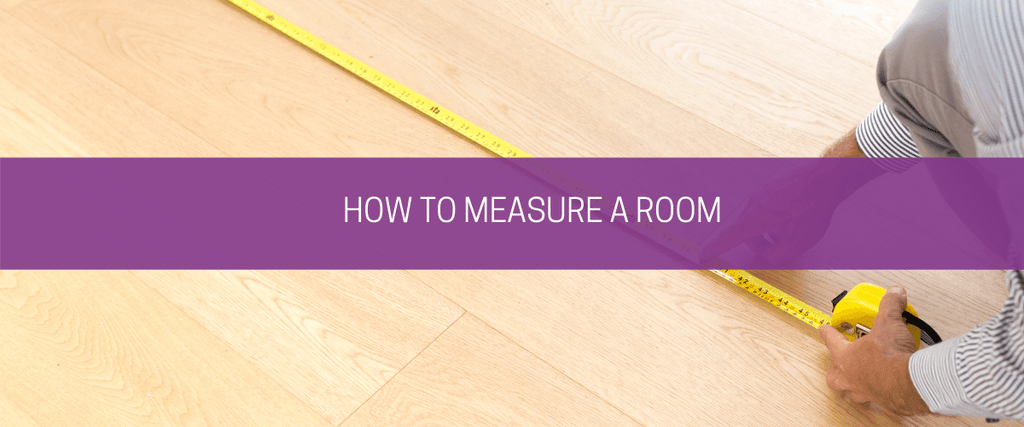How to measure a room

Flooring measurements. How difficult can they be?
Simply measure the length and width of the room in metres and multiply them together. Easy as that, right?
The trouble is, nine times out of ten, the rooms in your property won’t be a straightforward rectangle or square. They come in all different shapes and configurations. And, to ensure your underlay and chosen flooring fits perfectly, there are a few key things you’ll need to look out for. Here we cover the basics and offer a few tips on how to measure a room like a professional.
1. Always start by drawing a diagram
If measuring an odd-shaped room, calculating the surface area may seem like an impossible task. But, trust us, a diagram will really help. It doesn’t have to be a masterpiece. Just grab a pencil and roughly sketch out the shape of the room. Not only will this help you to visualise the space more clearly, it also provides somewhere to note down and keep track of your floor measurements.
No matter how complicated the shape may be, you can split it down into a series of rectangles and squares, calculate the area of each – and then simply add them together once you’re finished.

2. Ignore alcoves and recesses
This is an ‘issue’ that most people come across when measuring a room. But there’s no need to panic. If the room has an alcove or recess, the solution is very simple – just ignore it.
During the installation, your flooring will simply be cut around this feature and fitted into place. So why bother worrying about it? Our advice is to establish the maximum length and width of the room and calculate the area as though the alcove or recess doesn’t exist. Yes, it may lead to a little waste. But it saves a lot of hassle and ensures the measuring process is as easy as possible.
3. Don’t be baffled by stairs and steps
Stairs may seem like they’re difficult to measure. But the process is no different.
To calculate the area of each step, measure its height and depth and add them together. Then, multiply this figure by the width. In most cases, each step in the staircase will measure exactly the same. But, to be on the safe side, you may wish to take measurements for each one individually.

4. Check and check again
Make a note of each dimension as you go and repeat the process to make sure they’re all correct.
No matter how careful and accurate you think you’ve been, mistakes are easy to make – particularly when measuring a tricky room – and it’s always worth double-checking your measurements. Sometimes, it can be difficult to spot where you’ve gone wrong yourself. So, why not get someone else to take a look and confirm the dimensions you have down? It can’t hurt to be too careful.
5. Add a final 10%
Last but not least, remember to add an extra 10% onto the total surface area of your floor.
This is standard practice, accounting for any errors made during the installation process and ensuring that you have more than enough underlay and flooring to complete the job. And you don’t need to be a mathematician to work it out. Just grab a calculator and multiply the total area by 1.10.

We’re here to help
Still struggling to take accurate flooring measurements?
Not to worry, we’re always on hand and happy to be of assistance. If you have any questions about how to measure a room – and calculate how much underlay or flooring is needed for your project – please feel free to get in touch. We have excellent knowledge and experience in this area. Simply give us a call on 0203 887 0994 or send an email to sales@carpet-underlay-shop.co.uk.
To make things a little easier for our customers, we’ve also created a handy online measurement calculator. Simply type in your dimensions and it will generate the area of your space (in ft2 and m2) for you. Measuring a room doesn’t have to be difficult and, with our help, you’ll be done in no time.
- Carl Smith






